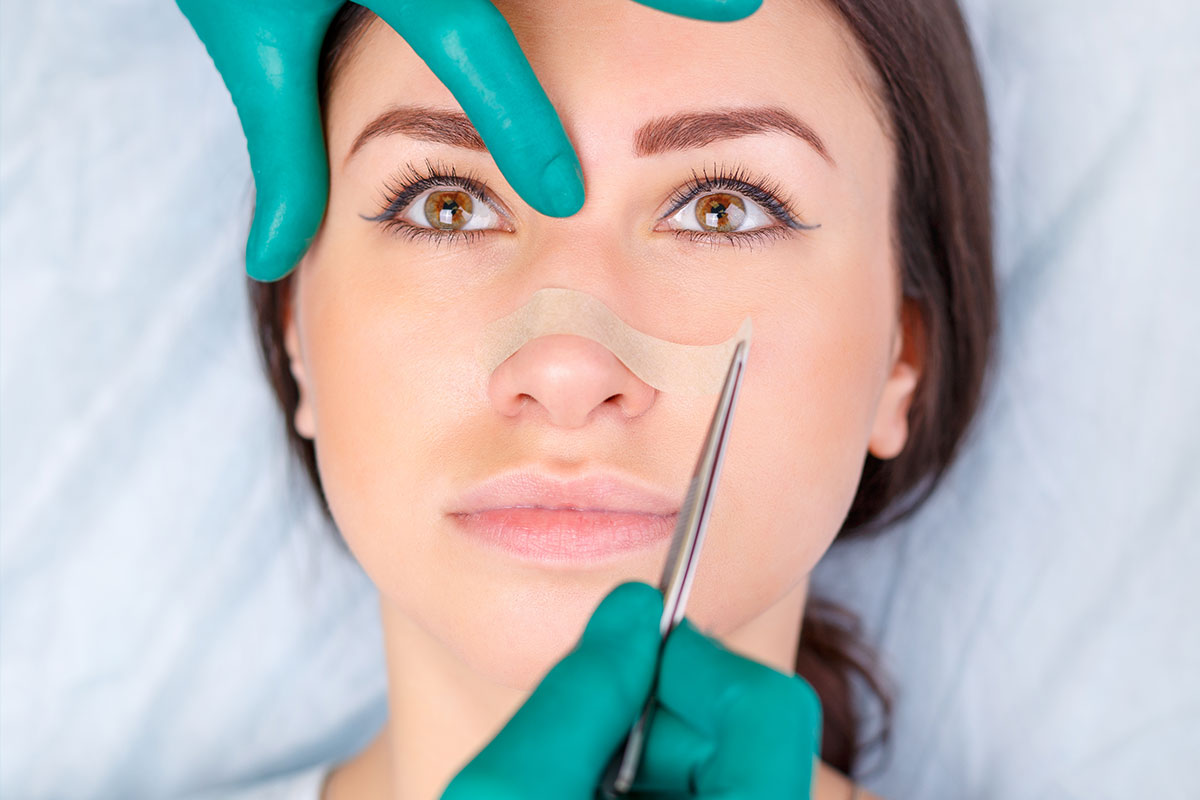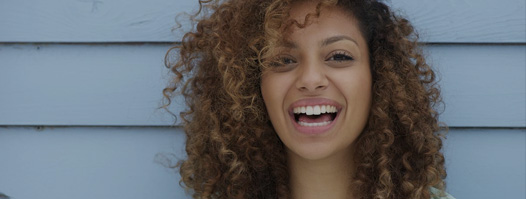Achieving natural-looking results from rhinoplasty surgery in Riyadh, as anywhere else in the world, is the ultimate goal for most patients. A successful "nose job" should enhance your facial harmony without appearing artificial or obviously "done." This outcome hinges on a combination of factors, primarily the surgeon's skill, your realistic expectations, and diligent post-operative care.

Here are key tips for getting natural-looking rhinoplasty results in Riyadh:
1. Choose the Right Surgeon – This is Paramount
This is the single most critical factor. The best way to ensure natural results is to select a highly skilled, experienced, and artistically discerning surgeon.
- Board Certification and Specialization: Look for a surgeon who is board-certified in plastic surgery in Saudi Arabia (e.g., by the Saudi Commission for Health Specialties) and ideally has a significant focus or specialization in facial plastic surgery, particularly rhinoplasty. Their extensive training ensures a deep understanding of nasal anatomy and aesthetic principles.
- Experience with Natural Results: Review the surgeon's before-and-after portfolio extensively. Do their "after" photos show noses that blend seamlessly with the patient's other facial features? Do they look natural, not overly sculpted or "cookie-cutter"? A surgeon committed to natural results will showcase a variety of outcomes that respect individual ethnicity and facial structure.
- Artistic Eye and Communication: Rhinoplasty is as much an art as it is a science. Your surgeon should have an excellent aesthetic sense and be able to visualize how changes to your nose will impact your overall facial balance. During the consultation, they should actively listen to your goals and provide honest, realistic feedback on what is achievable for your unique face. They should use imaging software to demonstrate potential outcomes, helping align your vision with what's surgically possible.
2. Set Realistic Expectations
Understanding the limitations and possibilities of rhinoplasty is crucial for satisfaction.
- Harmony, Not Perfection: The goal of natural rhinoplasty is to create a nose that harmonizes with your other facial features – your eyes, chin, and overall face shape. It's about proportion and balance, not replicating a celebrity's nose or achieving "perfection."
- Gradual Transformation: Recognize that your final results will not be immediately apparent. Swelling can persist for months, especially in the nasal tip. Patience is vital, as the nose gradually refines itself over six months to a year.
- Discuss Your Concerns Thoroughly: Be very specific about what you like and dislike about your current nose, and what you hope to achieve. Clear communication ensures your surgeon understands your aesthetic preferences.
3. Consider Your Facial Proportions and Ethnicity
A natural-looking nose respects your inherent facial structure and ethnic background.
- Facial Balance: A skilled surgeon will analyze your entire face (facial dimensions, proportions, and the relationship between your nose and other features) to create a nose that fits you. A nose that is too small, too large, or too sharply defined for your face will look unnatural.
- Ethnic Rhinoplasty: If you are of Middle Eastern, Asian, African, or other ethnic backgrounds, ensure your surgeon has experience with ethnic rhinoplasty. This approach respects and preserves desirable ethnic features while making subtle improvements, avoiding a "westernized" or generic look. Surgeons in Riyadh are often particularly adept at understanding and catering to diverse ethnic features.
4. Embrace Subtle Adjustments
Often, the most natural results come from subtle, precise changes rather than drastic alterations.
- Finesse Rhinoplasty: Many contemporary surgeons focus on "finesse rhinoplasty," which involves making small, impactful adjustments to refine the nose without completely reshaping it. This approach preserves your unique facial character.
- Preservation Rhinoplasty: Newer techniques like preservation rhinoplasty aim to maintain the natural integrity of the nasal bridge while reshaping, which can lead to smoother, more predictable, and natural contours. Discuss whether these advanced techniques are suitable for your case.
- Avoid Over-resection: A common pitfall of unnatural rhinoplasty is the removal of too much bone or cartilage, leading to an overly scooped bridge, pinched tip, or an unstable nose. A conservative approach is often key to natural results.
5. Diligent Post-Operative Care
Your commitment to following post-operative instructions is critical for optimal healing and maintaining the natural outcome.
- Minimize Swelling and Bruising: Follow all instructions for elevating your head, using cold compresses, and avoiding activities that increase blood pressure. Reduced swelling allows the true shape of your nose to emerge more quickly and accurately.
- Protect Your Nose: Avoid any impact to your nose, even minor bumps, for several months. Wear sunglasses or eyeglasses that do not rest on your bridge as advised by your surgeon.
- Avoid Smoking and Alcohol: These can significantly impair healing and affect the final result.
- Attend Follow-Up Appointments: Regular check-ups with your surgeon allow them to monitor your healing process and address any concerns early on.
By carefully considering these factors and actively participating in your surgical journey with a trusted surgeon in Riyadh, you significantly increase your chances of achieving the beautiful, natural-looking rhinoplasty results you desire.




Comments